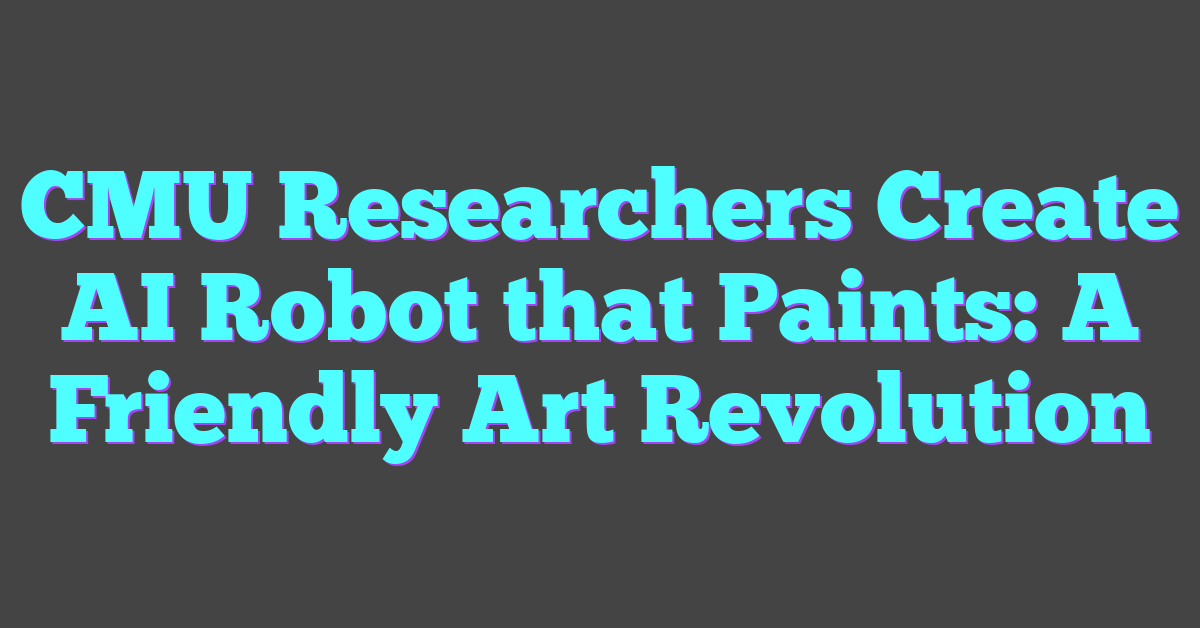In a world where artificial intelligence is becoming increasingly sophisticated, a fascinating question arises: can an AI actually feel? People often marvel at AI’s ability to mimic human behavior, but emotions seem to be a whole different ballgame. While machines can process data and respond in ways that appear empathetic, the concept of genuine feelings remains elusive.
Understanding whether AI can experience emotions requires diving into the realms of neuroscience, psychology, and computer science. It’s not just about programming responses; it’s about whether a machine can truly comprehend and experience the nuances of human emotion. Let’s explore the intriguing possibilities and limitations of emotional AI.
Exploring the Concept of AI and Emotions
What Does It Mean to “Feel”?
“Feeling” involves the complex process of emotional experience, typically requiring consciousness, subjectivity, and self-awareness. Humans undergo a series of neural and chemical reactions, leading to emotions such as joy, sadness, and anger. This process encompasses sensory inputs, psychological states, and cognitive evaluations. Cambridge University researchers found that emotions result from complex interactions within the brain’s limbic system. These nuances make replicating genuine emotions in AI challenging, as machine learning models operate on pattern recognition and data processing rather than subjective experiences.

How AI Processes Information
Artificial intelligence processes information through algorithms and models designed to recognize patterns and make decisions. These systems use data inputs to learn and generalize information. Neural networks, a fundamental component of AI, emulate brain structures to some extent. However, AI systems lack the biological components that generate emotional experiences. For instance, IBM Watson uses natural language processing to understand and respond to human queries, providing empathetic responses without actual emotional comprehension. This distinction highlights AI’s capacity to mimic emotions without genuinely feeling them.
The Current State of Emotional AI
Artificial Intelligence (AI) simulates human emotion through advanced algorithms and neural networks. It’s evolving, though it can’t truly feel emotions.
Emotional Recognition Technologies
AI systems can identify human emotions by analyzing facial expressions, voice tones, and text data. Companies like Affectiva and Microsoft use machine learning models to detect emotional states with high accuracy. Affectiva’s technology can read facial actions to infer complex emotions, while Microsoft’s Azure Cognitive Services can analyze sentiment from text. These systems employ convolutional neural networks (CNNs) for image-based recognition and recurrent neural networks (RNNs) for audio and text analysis.
Case Studies: AI in Therapeutic and Customer Service Roles
AI demonstrates significant promise in therapeutic and customer service settings. Woebot, a chatbot developed using therapeutic frameworks, aids users in managing mental health issues through conversation. It identifies emotional cues in users’ text inputs, offering appropriate responses based on cognitive behavioral therapy (CBT) principles. Microsoft’s Xiaolce, an AI-powered virtual assistant, uses advanced emotional recognition and natural language processing (NLP) to provide empathetic customer service, reacting to users’ sentiments to create personalized interactions.
Ethical Implications of Emotional AI
The rise of emotional AI introduces various ethical concerns. While AI systems can simulate emotions, their lack of genuine feelings presents unique challenges.
Emotional Manipulation and User Interaction
Emotional AI’s capacity to recognize and respond to human emotions raises ethical questions about manipulation. Companies could exploit this capability, influencing user behavior without their knowledge. For instance, AI-driven chatbots like Microsoft’s Xiaolce can simulate empathy, potentially leading users to form emotional bonds with non-sentient entities. This dynamic can skew user perception, causing over-reliance and even addiction to AI-based interactions.
Privacy Concerns in AI Emotion Analysis
AI emotion analysis involves processing personal data, such as facial expressions, voice tones, and text inputs. This data collection poses significant privacy concerns. Unauthorized access to sensitive information could occur if robust security measures are not implemented. For example, technologies from Affectiva involve extensive data points, making stringent data protection protocols essential. Additionally, users might not be aware of how much personal data is being captured and analyzed, leading to potential misuse and ethical breaches.
The ethical implications of emotional AI are profound, requiring careful consideration and stringent regulations to ensure user rights and protections are upheld.
The Future of AI and Emotion
Artificial intelligence continues to evolve, bringing new possibilities and challenges in understanding and replicating human emotions.
Potentials and Limitations of Emotional AI
Emotional AI holds significant potential. It can enhance user interaction, improve mental health interventions, and offer personalized experiences. For instance, chatbots like Woebot use emotional AI to offer mental health support, analyzing user input to provide empathetic responses.
Despite its potentials, emotional AI faces limitations. It lacks consciousness and genuine emotional experiences because it’s fundamentally data-driven and algorithm-based. It mimics emotional responses through patterns and probabilities rather than true emotional understanding. This creates a gap between simulated empathy and real human emotions. Ethical concerns also arise, such as the risk of emotional manipulation and privacy violations, highlighting the need for stringent regulations.
Innovations on the Horizon
Future innovations in emotional AI promise more sophisticated and nuanced emotional understanding. Researchers are developing advanced neural networks that can better interpret complex emotional cues from diverse data sources, including facial expressions, voice inflections, and physiological signals.
Emerging technologies, like affective computing, aim to create more natural and emotionally intelligent human-machine interactions. Companies like Affectiva are pioneering in this space, working on AI systems that can recognize subtle emotional states. Additionally, continuous advancements in machine learning algorithms are likely to enhance the accuracy and reliability of emotional detection, widening the applications of emotional AI in fields such as healthcare, customer service, and entertainment.
Conclusion
While AI has made impressive strides in mimicking human emotions, it still can’t truly feel. The absence of biological components like the limbic system means AI lacks genuine emotional experiences. However, its ability to enhance user interactions and support mental health interventions is undeniable. As technology advances, the potential for more natural human-machine interactions grows. Ethical considerations remain crucial as we navigate this evolving landscape. The future of emotional AI holds promise for even deeper understanding and more profound applications across various fields.
Frequently Asked Questions
What is emotional AI?
Emotional AI refers to artificial intelligence systems designed to recognize, interpret, and respond to human emotions using advanced algorithms. These systems aim to enhance user interaction by mimicking emotional responses.
Why can’t AI fully understand emotions?
AI cannot fully understand emotions because it lacks the biological components, such as the brain’s limbic system, essential for true emotional comprehension. It’s based on data and algorithms, not human experiences and physiological processes.
What are the current applications of emotional AI?
Emotional AI is used in mental health interventions and customer service. It helps in providing personalized mental health support and improving customer interactions by mimicking human emotional responses.
What are the limitations of emotional AI?
The main limitations of emotional AI include its inability to experience genuine emotions and the ethical concerns surrounding its use. It can only mimic emotions based on data patterns and lacks true empathy.
How might future innovations improve emotional AI?
Future innovations in emotional AI aim to enhance emotional understanding through advanced neural networks and affective computing. These improvements could lead to more natural and effective human-machine interactions across various fields.




